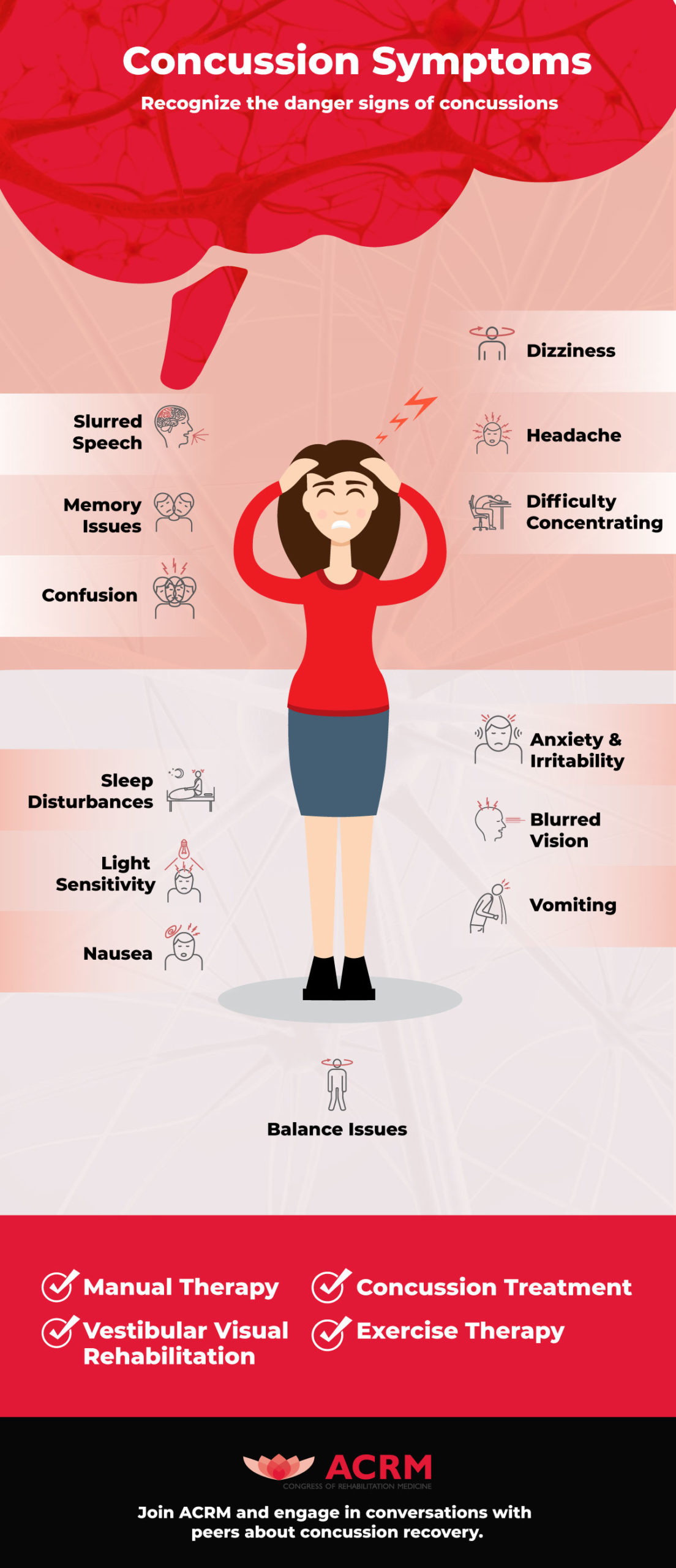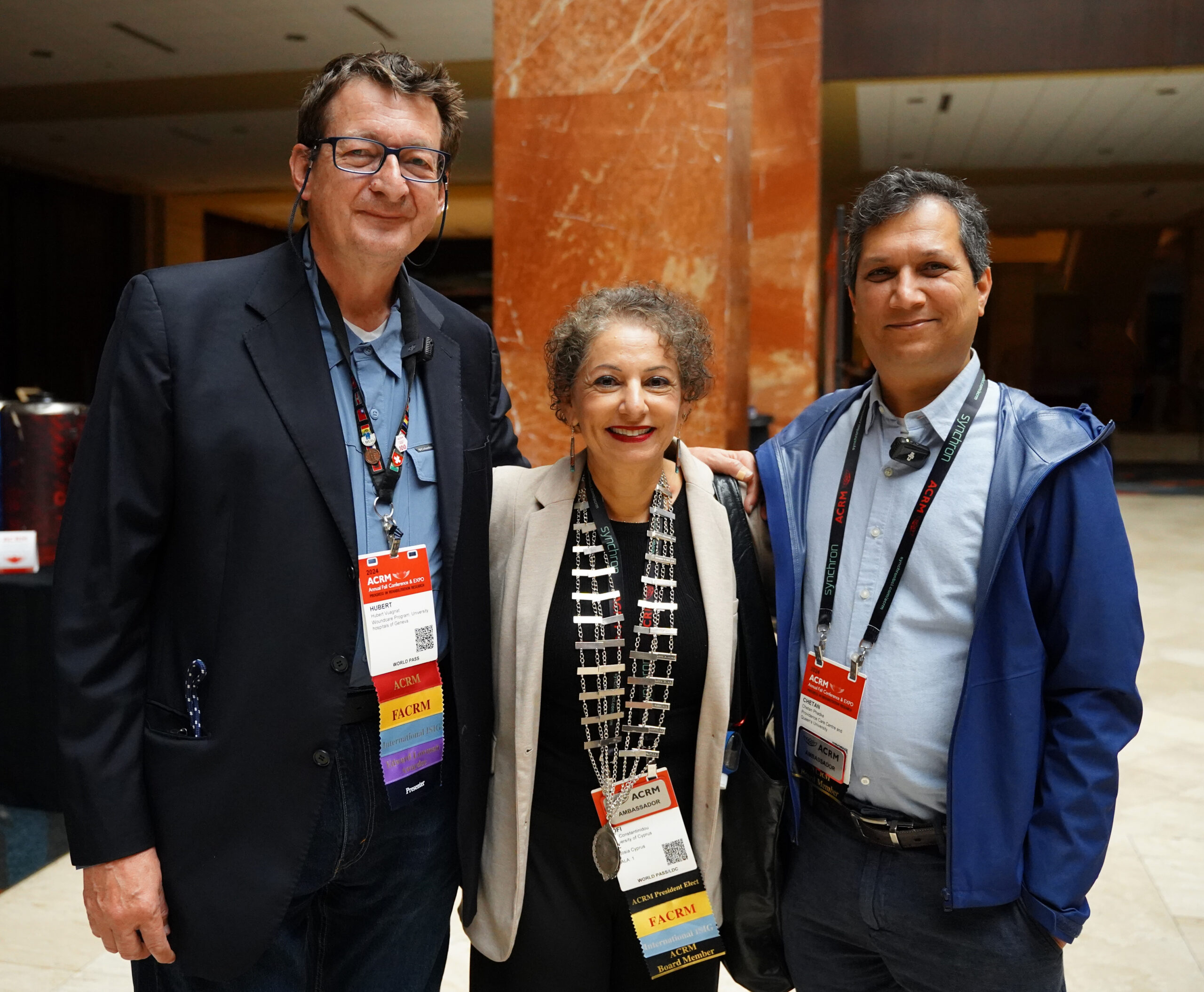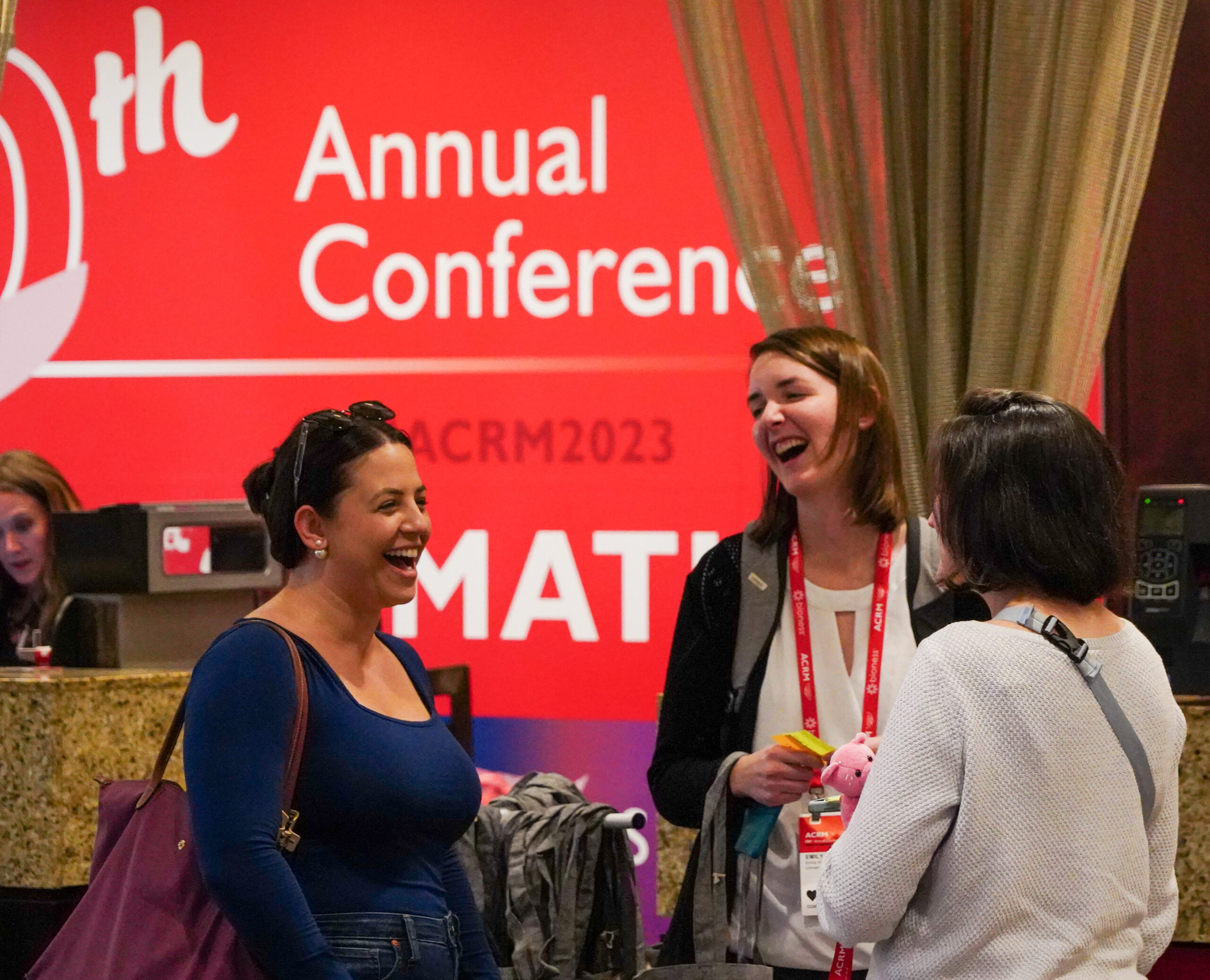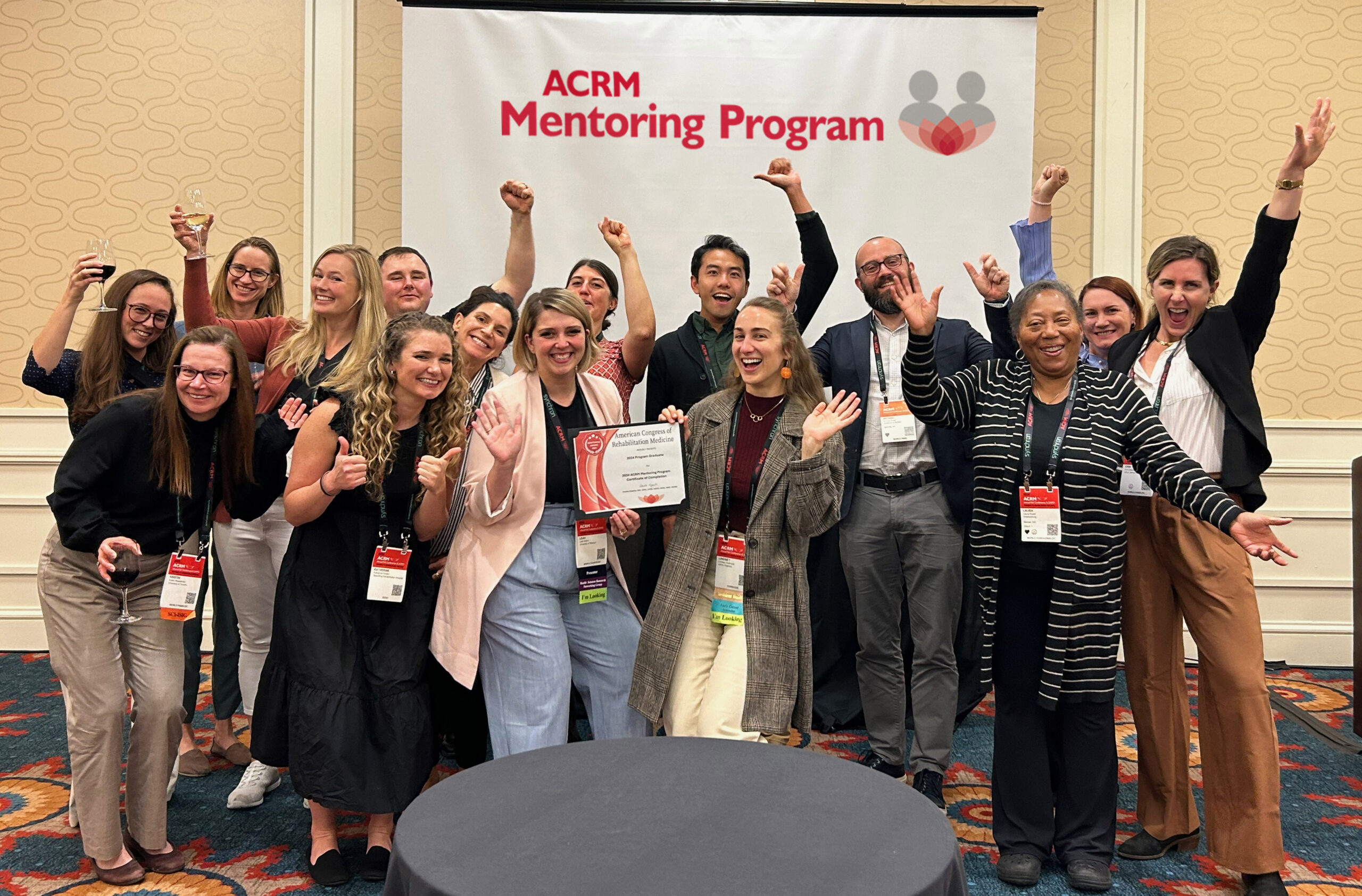Here at ACRM, one of our networking groups is the Athlete Development & Sports Rehabilitation group. It was formed in 2018, and members include physicians, psychologists, athletic trainers, speech pathologists, physical therapists, occupational therapists, athletes, coaches, and program administrators. We’re always looking for new members for our groups and each and every one of our members help shape the future of our interdisciplinary networking groups.
In today’s blog post, we’re featuring new developments in exercise and concussion the field of athlete development rehabilitation medicine. Continue reading to learn more about the connection between exercise and concussion management — we hope that you learn something that you can incorporate into your own practice!
Is Rest Really Best?
The traditional approach to concussion management is resting — no work, no school, no contact sports. After especially severe concussions, patients are often told to stay in bed in a dark room. Concussion injuries create a temporary energy deficiency in the brain, which means that activity could potentially compound this effect by burning the already-low energy reverse. Resting would therefore conserve energy, allowing the injured brain to heal. More so, the chance of sustaining a second concussion during recovery could do even more injury, and resting would help prevent this risk.
While these methods have been the go-to in rehabilitation medicine, new research has begun to show that rest may actually prolong concussion recovery. In fact, exercise may play an important role in concussion recovery and help prevent the development of prolonged concussion symptoms, or PCS.

Maximizing Recovery
Early studies on rodents have begun to show that aerobic exercise, administered three or more weeks after injury, may be beneficial to both neurotrophic factor expression and the recovery of cognitive function. More so, voluntary physical exercise immediately after or within days of injury has been shown to promote neuroplasticity and reduce neuronal degeneration.
However, the type of exercise after concussion is important to success. Vigorous exercise early in the recovery process isn’t a good idea, but light exercise, like going on walks, is safe and may speed recovery. Returning to full sports practices or games should only happen once an athlete is symptom-free.
Research suggests that starting with 20-30 minutes a day of light aerobic exercise could help speed recovery, but if symptoms get worse while exercising, the patient should stop and try again the next day. Children who suffer from concussions should also return to school after only a few days, with adjustments to curriculum and environment (quiet, less fluorescent lighting) to improve recovery time.
Causes of Post-Concussion Syndrome Exercise Intolerance
Sometimes patients who exercise during concussion recovery can experience post-concussion syndrome, which includes symptoms such as headaches, dizziness, fatigue, and brain fog. It’s possible for patients to have all of these symptoms, since traumatic brain injuries often affect multiple parts of the brain. People experiencing these symptoms tend to avoid exercise, which may end up prolonging recovery time. While it’s important not to exercise while experiencing severe symptoms, attempting light exercise each day during recovery (instead of avoiding exercise altogether) can actually reduce exercise intolerance.
Mental Health Implications of Slower Recovery Time
For athletes who suffer concussions, a dramatic shift from their normal exercise habits can cause significant mental health effects. Rehabilitation medicine professionals should take into account the way in which concussions can affect their patient’s mood.
Shutting a person down from sports and forcing a period of rest, especially for children, could cause significant mental health problems that end up prolonging recovery. By incorporating exercise early, not only will the patient potentially heal faster, but they will be able to experience other positive side effects of exercise, such as boosted mood and increased cortical connectivity.
Using Electronics
While rehabilitation medicine specialists suggest that electronic devices may slow recovery, they may actually help as an accommodation for reading, by increasing font size. If the patient is suffering from light sensitivity following a concussion, then electronic use may provoke symptoms and should be limited.

ACRM – American Congress of Rehabilitation Medicine
The mission of our non-profit organization is to improve the lives of disabled people through rehabilitation medicine and research, and that includes patients suffering from concussions or other traumatic brain injuries. Our research groups cover a wide range of topics, from stroke to neuroplasticity, cancer, and more. There is always something new happening in the field of rehabilitation medicine!
We work with hospitals, universities, professional and advocacy organizations, and rehabilitation professionals around the world. We have 3,000+ members from more than 65 countries and produce the ACRM Journal. Learn about the benefits of joining ACRM as well as member dues and how to apply. You can also learn more about the ACRM Conference and register for either in person or online here.









